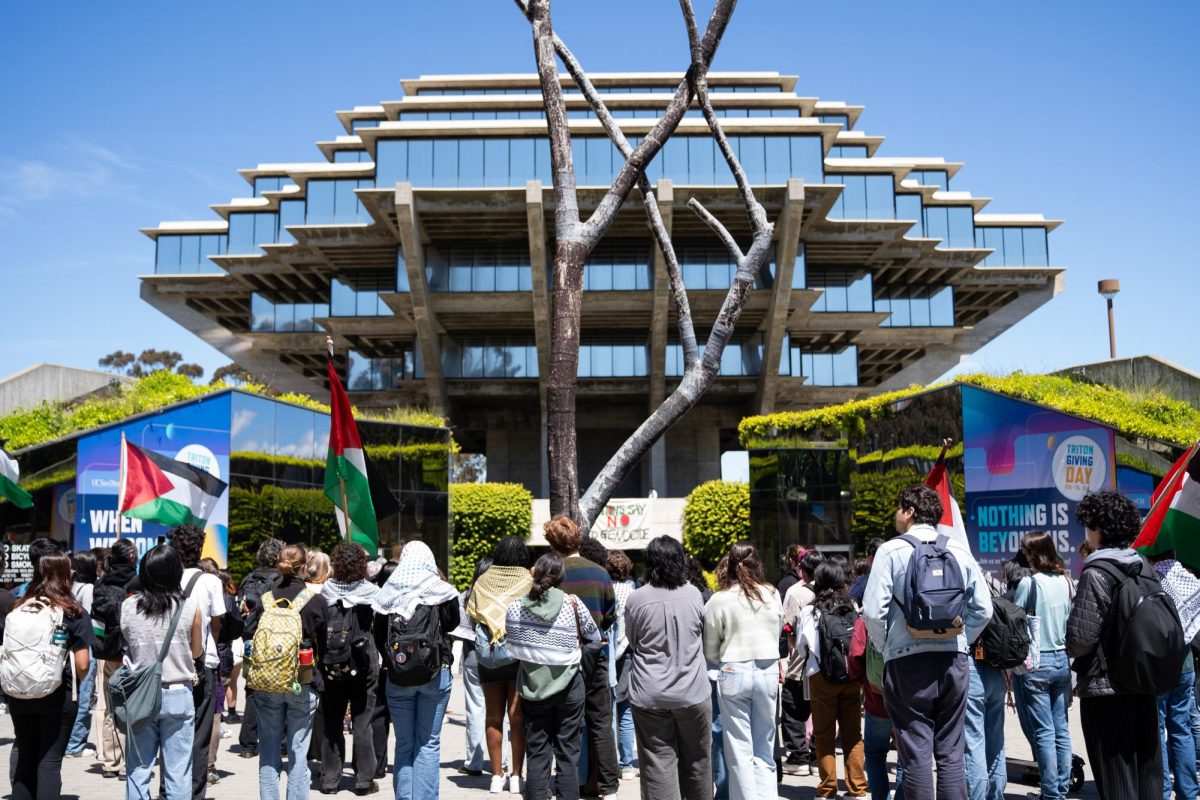College is an expensive investment and prospective students should have enough information available to them to make an informed decision. Many turn to U.S. News & World Report’s annual list of America’s Best Colleges for help. However, some schools are protesting, largely because U.S. News measures irrelevant data – and for many students, those complaints may be spot-on.
A dozen presidents of small colleges like St. John’s College in Maryland signed a letter stating their intent to boycott the America’s Best Colleges survey, refusing to rate other schools, which counts for 25 percent of a college’s ranking. They claim the rankings are misleading and unfair.
For example, how much alumni donate has recently become a standard of measurement. A donating alumnus is a happy alumnus, and so (the reasoning goes) donations are an indicator of student satisfaction, as well as the amount of money available to the school. Colleges across the country, including UCSD, have recently added telephone programs to beg for money from former students, earning cash and also points for the America’s Best Colleges report.
But donations are often based on wealth and tradition more than student satisfaction. Certainly, a school that receives donations is doing well, but important factors like the economic status of donors – and the amount of university resources dedicated to solicitation – play even larger roles.
Another number analyzed is the amount each university spends per student. This is mostly a reflection of how expensive a school is, as well as a surefire way to encourage schools to keep tuition high. Left off the U.S. News list are a school’s cost and the availability of aid, one of the most important considerations for many students. If alumni donate heavily at Princeton, and the university spends a huge amount per student – but most people cannot afford to go there – is it still the “”best”” college?
Student satisfaction is generally disregarded as well. Almost all universities ask graduating seniors to fill out a satisfaction survey, and there’s no reason why U.S. News shouldn’t use this in its report. It’s understandable that emotions about a school are difficult to translate into numbers, but this is information to which prospective students want access.
And the most important aspect of going to school – quality of education – is absent from U.S. News’ analysis. Importance is placed upon reputation, wealth and quality of students admitted. Average faculty salary and ratio of students to professors is how learning is ranked, but these numbers are misleading. Better-paid faculties are found at institutions that emphasize research, which means that the faculty often focuses on publishing work, not teaching undergraduate students.
Some have argued that the America’s Best Colleges list was created with the intention of scientifically ranking schools to have those expected to be the best (Harvard, Yale, etc.) at the top. Standings change little from year to year and it is difficult for a school to rise through the ranks.
U.S. News’ annual report places a huge number of colleges side by side and compares them, making it a useful tool for prospective students to research their options. However, the college presidents were right in their demand for change: The report could be made even more useful by focusing directly on student satisfaction rates.
The U.S. News report is widely influential, and instead of pushing institutions across the nation to start alumni donation campaigns, it could shift the focus to student satisfaction and truly determine the “”best”” universities the country has to offer.







